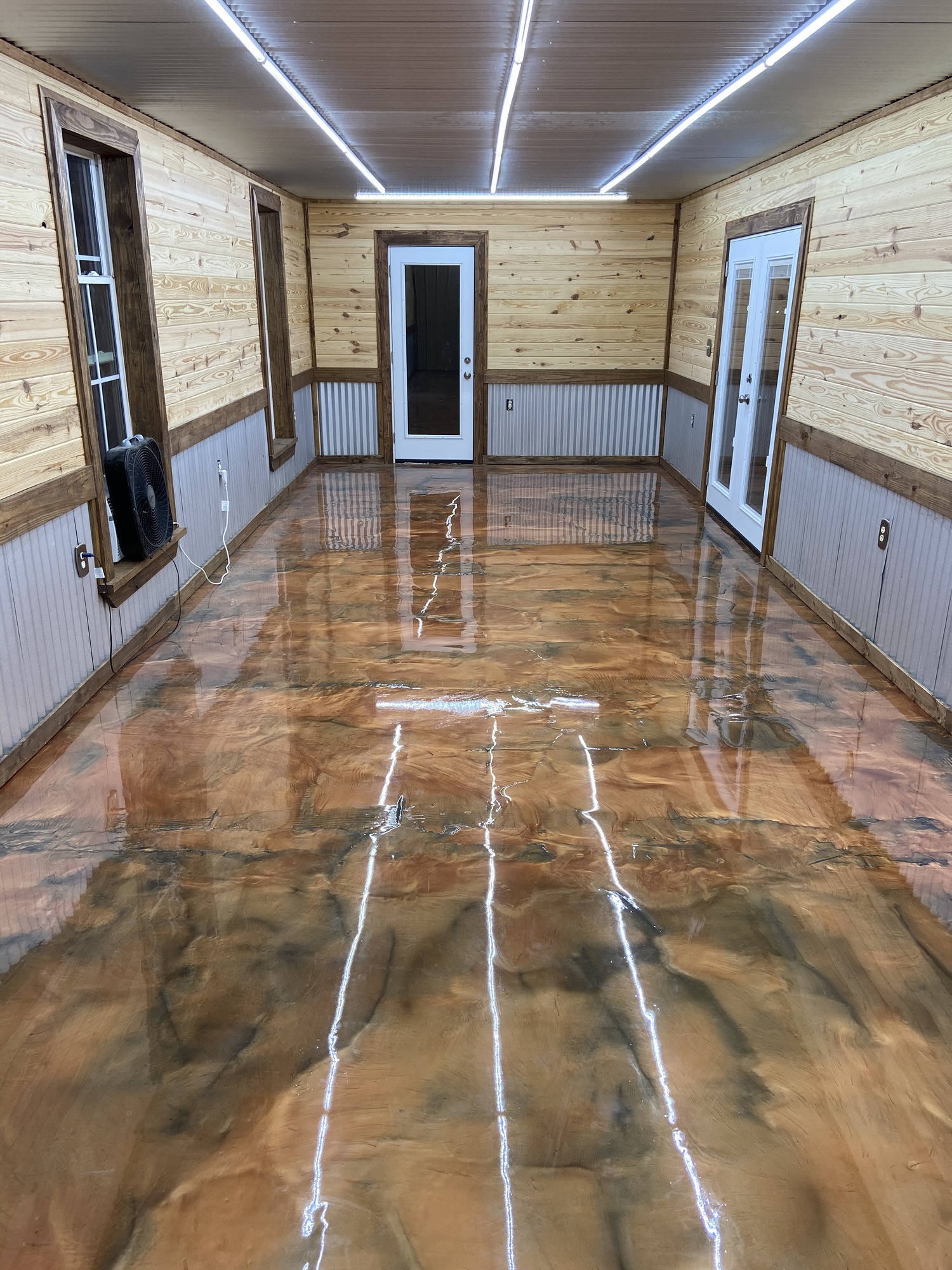Reputable Welding Inspection Service for Quality Control
Wiki Article
Ultimate Guide to Installing Sturdy Epoxy Floors in Residential Spaces
When it comes to transforming domestic spaces with durable epoxy floors, a methodical approach is key. From picking the proper epoxy flooring system to meticulously preparing the surface and carrying out a flawless application, every action plays an essential duty in making sure a long lasting and visually enticing result. Nonetheless, there's one facet typically ignored that can significantly impact the long life and high quality of the epoxy floor. By addressing this critical aspect at an early stage, you can safeguard your financial investment and delight in a smooth epoxy flooring that stands the test of time.Picking the Right Epoxy Floor Covering System
Choosing the proper epoxy flooring system is a critical action in making sure durability and performance in residential areas. Epoxy flooring uses toughness, simple upkeep, and visual appeal, making it a prominent selection for domestic applications. When choosing an epoxy system, aspects such as the kind of epoxy, level of durability required, layout choices, and budget constraints need to be taken into consideration.There are different types of epoxy flooring systems offered, including water-based epoxy, solvent-based epoxy, and 100% solid epoxy. 100% solid epoxy is the most long lasting choice, perfect for high-traffic locations in household areas.

Preparing Your Residential Room
When taking into consideration the setup of durable epoxy floorings in residential areas, adequate prep work of the location is basic to ensuring a successful and durable application. The first step in preparing your residential area for epoxy floor covering is to extensively cleanse the surface area.Following, it is necessary to fix any cracks, openings, or blemishes in the flooring. These need to be filled up and leveled to develop a smooth and even surface area for the epoxy coating to be used. Furthermore, check for wetness concerns as extreme wetness can create the epoxy to bubble or peel. Deal with any kind of wetness issues before waging the setup.
Lastly, ensure appropriate air flow in the space throughout the setup process to permit the epoxy fumes to dissipate. Ample prep work of the suburb sets the structure for an effective epoxy flooring application.
Applying Epoxy Coating
To begin the procedure of applying epoxy finish, extensively blend the epoxy material and hardener according to the maker's instructions. It is important to adhere to the recommended mixing ratios precisely to make certain the epoxy cures properly and attains optimum sturdiness. When the epoxy parts are blended, pour the mix onto the ready floor surface in a ribbon pattern.Making use of a roller with a medium-nap cover, spread out the epoxy equally over the flooring, operating in my link workable sections to stop the epoxy from drying out also quickly. Make certain to back-roll the applied epoxy to get rid of any puddles or uneven areas, making certain a smooth and constant surface.

Permit the epoxy covering to cure according to the maker's guidelines prior to proceeding with any kind of further actions to make certain a durable and lasting coating.
Making Sure Proper Treating and Drying
Reliable treating and drying out processes are necessary to attain the desired toughness and long life of epoxy floorings in household spaces. Proper treating entails offering the epoxy finishing adequate time to solidify and bond entirely to the substrate. This procedure normally takes around 24 to 72 hours, depending on the specific item utilized and environmental conditions. Throughout this period, it is critical to restrict foot web traffic and avoid positioning heavy items on the floor to avoid any kind of damage or flaws.Proper air movement helps the epoxy layer to heal consistently and protects against any concerns like bubbling or unequal drying out. It is recommended to comply with the producer's standards for healing and drying times to assure ideal outcomes and make the most of the durability of the epoxy flooring in household setups.

Keeping and Expanding Epoxy Floor Lifespan
Correct upkeep methods play a critical function in prolonging the life expectancy of epoxy floors in domestic setups. Routine cleansing is important to protect against dirt and debris from scraping the surface of the epoxy floor.To further secure the epoxy flooring, consider using a brand-new home topcoat every few years, specifically in high-traffic areas. By complying with these upkeep tips, house owners can ensure their epoxy floors stay sturdy and visually appealing for years to come (Welding Inspection Service).
Final Thought
In conclusion, setting up long lasting epoxy floors in property rooms requires cautious factor to consider of the epoxy floor covering system, complete preparation of the space, proper application of the epoxy finishing, and ensuring appropriate treating and drying procedures. By complying with these steps carefully, home owners can achieve a aesthetically enticing and lasting epoxy floor that improves the sturdiness and appearances of their living areas.When it comes to transforming domestic rooms with resilient find out epoxy floorings, a systematic technique is crucial. When selecting an epoxy system, elements such as the type of epoxy, level of durability required, layout preferences, and budget restraints have to be taken into consideration.
There are different types of epoxy floor covering systems offered, including water-based epoxy, solvent-based epoxy, and 100% strong epoxy.When thinking about the installation of resilient epoxy floors in residential rooms, appropriate preparation of the location is essential to ensuring a durable and successful application.To begin the process of using epoxy finishing, thoroughly blend the epoxy material and hardener according to the producer's guidelines.
Report this wiki page